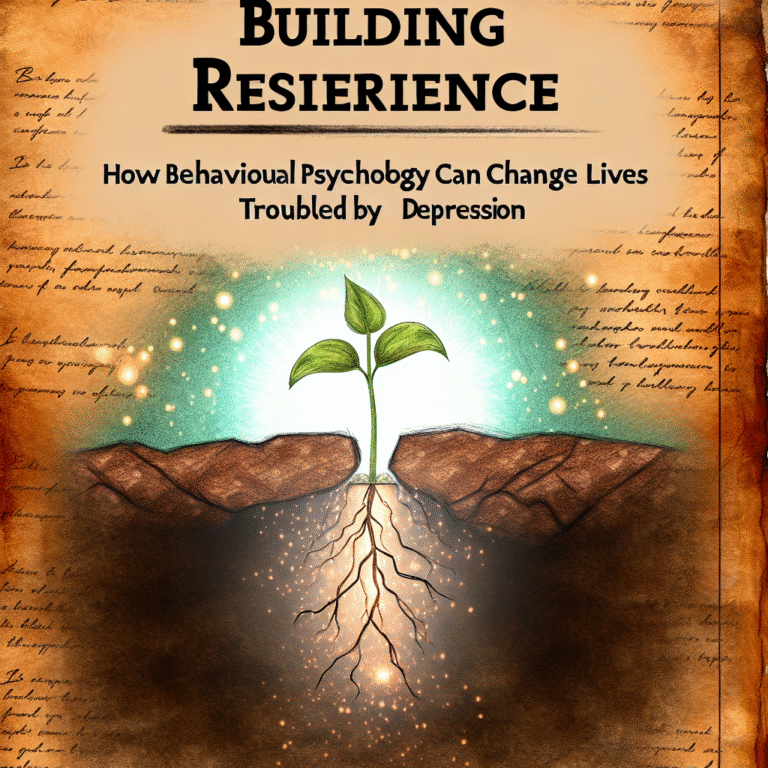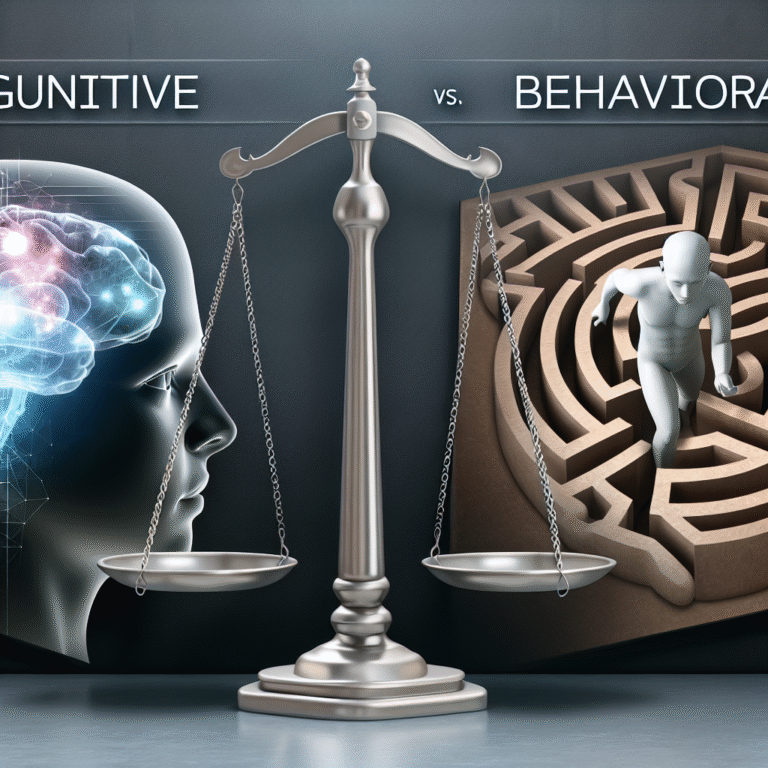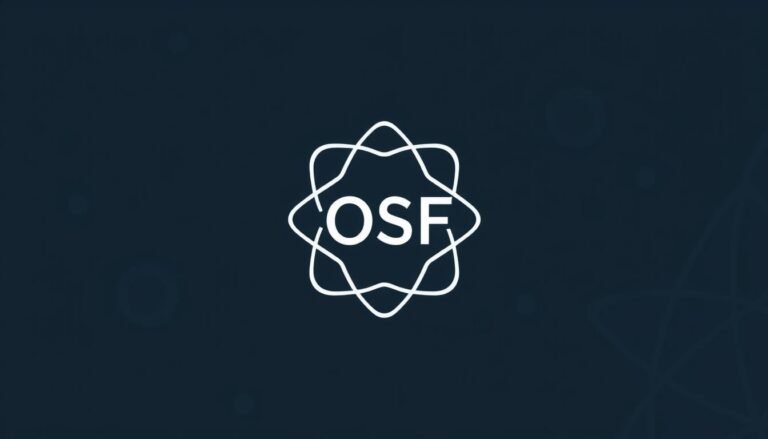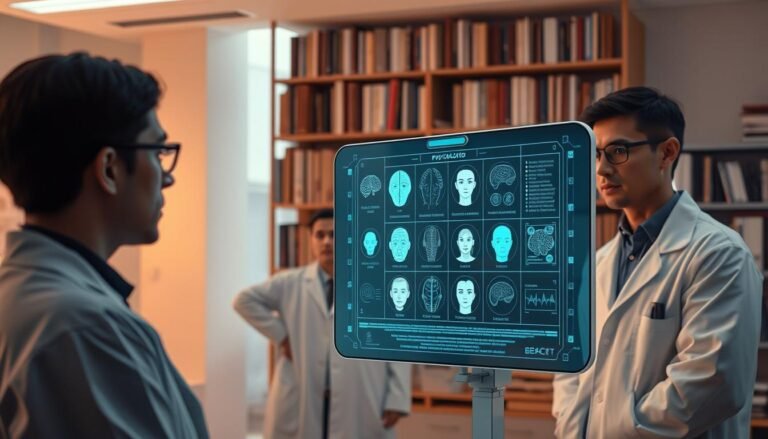
The Power of Observation: Unraveling Human Behavior Through Case Studies
Introduction
In an increasingly complex world, understanding human behavior is more essential than ever. From business leaders to educators, professionals in every field are constantly seeking methods to decipher and predict the actions of those around them. This quest for insight leads us to one powerful tool: observation. "The Power of Observation: Unraveling Human Behavior Through Case Studies" encapsulates this journey into the depths of human nature itself. By analyzing real-world case studies, we can uncover profound insights that not only illuminate individual motivations but also guide us toward meaningful connections and decision-making.
Whether it’s a manager deciphering team dynamics, a marketer striving to appeal to consumers, or a teacher looking to engage students, the ability to observe effectively can catalyze change. In this article, we will explore the intricate art of observation, supported by compelling case studies that demonstrate its remarkable influence on understanding behavior.
The Art of Observation
Observation is more than simply looking; it involves a conscious effort to notice and interpret the behaviors, emotions, and contexts surrounding us. This section delves into the nuances of observing human interactions and the psychological principles behind effective observation.
Steps to Effective Observation
- Focus on the Details: Learn to look beyond the surface. Notice body language, tone of voice, and environmental factors.
- Contextual Awareness: Understanding the context in which behaviors occur can significantly alter interpretations.
- Active Listening: Engage with the speaker fully to grasp not just their words but their emotions and intents.
- Non-Judgmental Attitude: Observing without preconceived notions leads to more accurate understandings.
Case Study: The Impact of Body Language in Negotiations
Let’s examine a famous negotiation between the United States and North Korea in 2018. Observers noted that during key moments, the body language of both leaders underwent subtle but telling changes. For instance, when discussing denuclearization, North Korean leader Kim Jong-un leaned forward with open palms—an indication of receptivity. This body language was crucial for U.S. officials, who leveraged this openness to push their agenda.
Analysis: This case illustrates that "The Power of Observation: Unraveling Human Behavior Through Case Studies" not only involves visual elements but also understanding how cues influence negotiations. Leaders who are adept at noticing these cues can better tailor their strategies.
The Influence of Environment on Behavior
Understanding the role of environmental factors is critical when analyzing human behavior. Here, we explore how different settings can dramatically affect actions and decisions.
Case Study: The Hawthorne Effect
In the 1920s, the Hawthorne Works factory conducted a series of experiments aiming to learn about the effects of working conditions on productivity. Remarkably, they found that any change in the environment—such as illumination levels—resulted in increased output, regardless of whether it was an improvement or a decrease.
Analysis: This phenomenon, known as the Hawthorne Effect, highlights how observation can reveal the profound impact of environment on behavior. Workers demonstrated improved productivity simply because they were being observed, reaffirming the importance of attention and awareness in human interactions. The findings serve as a powerful testament to "The Power of Observation: Unraveling Human Behavior Through Case Studies," demonstrating that awareness can shift outcomes.
Emotional Intelligence and Observation
Emotional Intelligence (EI) is a crucial aspect of understanding human behavior. It comprises the ability to recognize one’s emotions and those of others, and to respond appropriately.
The Role of Empathy in Observation
- Identifying Emotions: Effectively observing others’ feelings requires empathy, allowing us to connect and respond.
- Building Rapport: Empathy fosters trust, which enhances the quality of interactions.
- Responding Appropriately: Being aware of the emotional climate can guide responses that resonate.
Case Study: Empathy in Healthcare
In a study conducted at a large hospital, researchers observed patient-doctor interactions. They found that doctors who demonstrated high levels of empathy—expressing concern and understanding—significantly improved patient satisfaction and recovery rates.
| Doctor Empathy Level | Patient Satisfaction | Recovery Rate |
|---|---|---|
| High | 89% | 75% |
| Moderate | 72% | 60% |
| Low | 50% | 40% |
Analysis: The findings underscore "The Power of Observation: Unraveling Human Behavior Through Case Studies" as the doctors’ ability to keenly observe and interpret emotional cues yielded tangible benefits in patient care. This proves the critical intersection between observation and empathy in enhancing human experience.
Behavioral Patterns in Marketing
Businesses thrive on understanding consumer behavior. Observation plays a pivotal role in decoding these actions.
Case Study: IKEA’s Showroom Strategy
IKEA conducts thorough observations in their showrooms, watching how customers navigate the space. By analyzing movement patterns, they discovered that shoppers tend to avoid traditional shopping layouts in favor of immersive experiences that feel more like a maze.
Analysis: IKEA’s successful market strategies illustrate how "The Power of Observation: Unraveling Human Behavior Through Case Studies" can lead to innovations in retail. They have ingeniously tailored the shopping experience based on observed behaviors, significantly boosting customer engagement and sales.
The Intersection of Technology and Observation
In today’s digital age, technology augments our capabilities in observation. This section emphasizes how tools such as data analytics and social media have transformed traditional observational methods.
Case Study: Behavioral Analytics in E-commerce
Leading e-commerce platforms utilize behavioral analytics to track user interactions. For example, Amazon’s extensive data collection analyzes click patterns, resulting in personalized product recommendations.
Analysis: This innovative application of "The Power of Observation: Unraveling Human Behavior Through Case Studies" demonstrates how technology can enhance our understanding of consumer behavior. By recognizing patterns in user activity, businesses can predict needs and improve customer satisfaction.
Challenges and Ethical Considerations in Observation
While observation is a powerful tool, it also raises ethical concerns that must be navigated thoughtfully.
Ethical Dilemmas
- Privacy Concerns: Observing individuals without consent can violate personal privacy.
- Bias in Interpretation: Observers’ biases can skew interpretations, leading to misinformation.
- Manipulation: Understanding behavior can lead to manipulation or coercive strategies.
Case Study: Privacy in Surveillance Technology
In recent years, the deployment of surveillance cameras in public spaces has sparked debate. While these tools can enhance security, they also challenge privacy rights, as observed by various advocacy groups.
Analysis: This case reinforces the idea that "The Power of Observation: Unraveling Human Behavior Through Case Studies" must be exercised with care to respect individual rights. Ethical guidelines are essential to ensure that the insights gained are used for constructive rather than intrusive purposes.
Conclusion
The intricate tapestry of human behavior unfolds through the lens of observation. From decoding emotional cues to utilizing technology for deeper insights, "The Power of Observation: Unraveling Human Behavior Through Case Studies" teaches us invaluable lessons. Each case study serves as a testament to the profound influence of effective observation in diverse fields, illuminating paths toward meaningful connections and informed decision-making.
As you move forward, consider the power of observation in your own life. Practice active listening, enhance your empathy, and approach situations with an observant mindset. By doing so, you will not only deepen your understanding of others but also enrich your relationships and professional endeavors.
FAQs
1. What is the importance of observation in understanding behavior?
Observation allows us to gather insights about individuals and groups, helping us decode the motivations behind their actions. It enhances interpersonal connections and aids in effective communication.
2. Can you give an example of observation in everyday life?
Yes! Consider a teacher who notices that students exhibit signs of disengagement during lectures. By observing their body language and interactions, the teacher can modify teaching strategies to better capture student attention.
3. How does technology enhance our ability to observe?
Technological tools, like data analytics and social media monitoring, allow for real-time observations of behaviors, preferences, and trends, which can lead to more informed decisions in marketing and other fields.
4. What are some ethical considerations in observational research?
Privacy and consent are significant ethical concerns. Researchers must ensure that they respect individuals’ rights and avoid biases in observations to maintain integrity.
5. How can someone improve their observational skills?
Practicing active listening, staying present in conversations, and making an effort to notice non-verbal cues and environmental factors can significantly enhance one’s observational skills.
By embracing "The Power of Observation: Unraveling Human Behavior Through Case Studies," we can not only enhance our understanding of ourselves and others but also create a more empathetic and interconnected world.
















